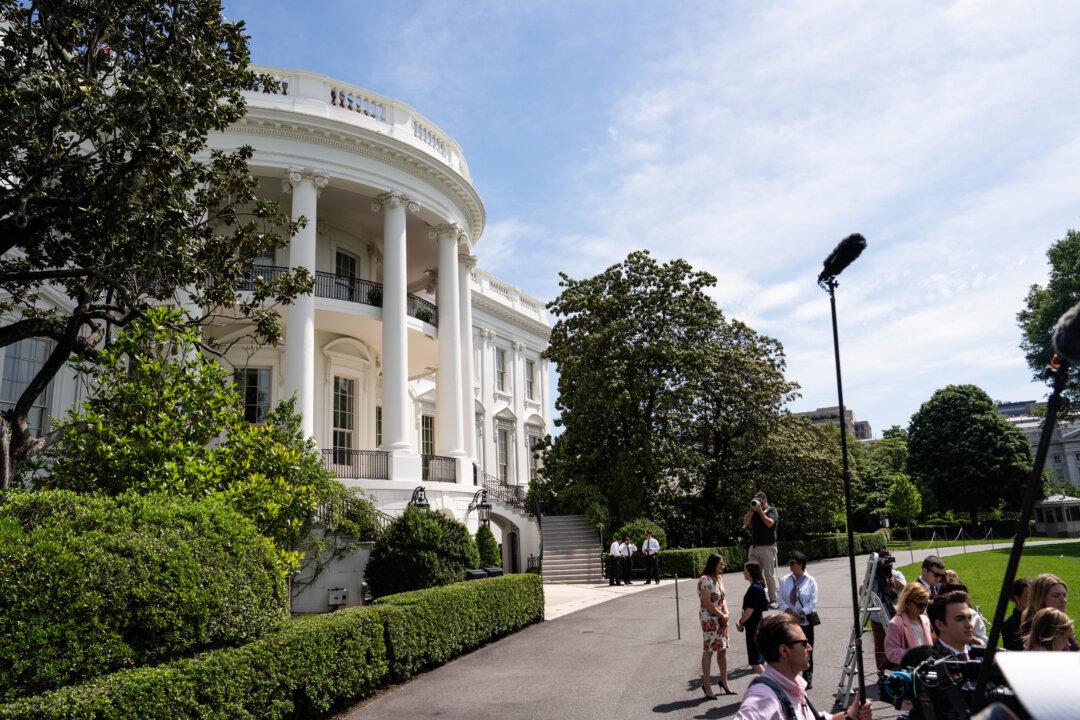Commentary
When Donald Trump started talking about “fake news,” the charge hit home so squarely that the media had to come up with a strong rejoinder, something to deflect it. They couldn’t outright deny it, for too many news flashes turned out to be just that: altogether fake (the pee tape, Jussie Smollett, the Covington boys ...).





